I have an LED with no specs for it. I decided to measure the voltage drop across the LED, so I connected it to 5 V power supply and 325 ohm resistor. I measured the resistor with multi-meter, then I measured the current and I had 6.38 mA. I then calculated voltage drop across the resistor which was 2.07 V (\$IR=V\$) and then I calculated the voltage drop across LED which is \$5-2.07 = 2.93\mathrm{V}\$. So I wrote down my voltage drop across the LED.
The day after I was using the same LED on 3.3V circuit. I decided to measure the LED's voltage drop again and it turned out to be 2.633 V and according to Kirchhoff's law it would affect my current because I am connecting this LED before the resistor.
Can somebody explain to me what happens? Why is it that the same LED has different characteristics with different voltages?

